ARTERIAL BLOOD GAS
What is ABG?
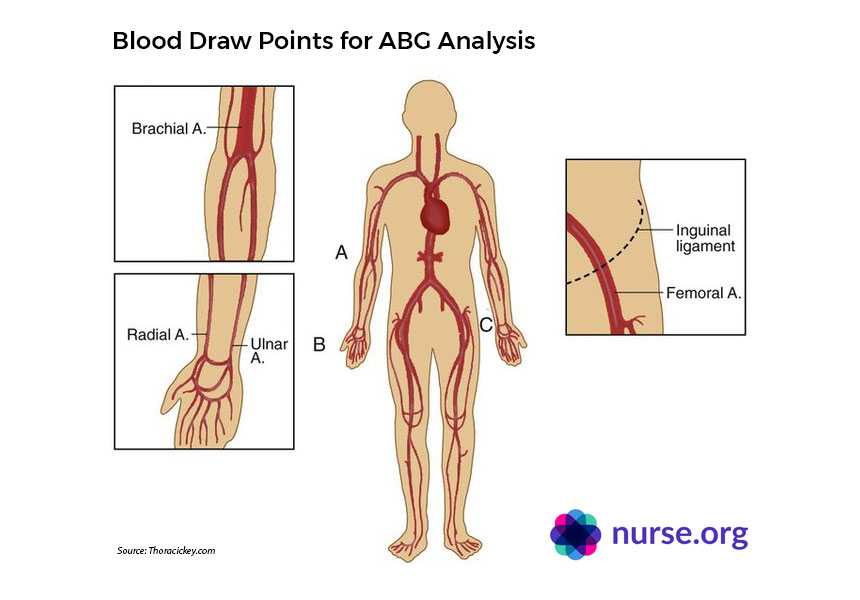
Image Source: https://nurse.org/articles/arterial-blood-gas-test/
It is arterial blood gas analysis. There are two types of vessels, artery carries oxygen rich blood from the heart to the tissues and vein carries oxygen poor blood from the tissues to the heart to get oxygen form the lungs.
ABG measures content of oxygen and carbon dioxide content in the blood.
Why it is done?
It is done to measure level of oxygen and carbon dioxide in the blood as well to know about the level of bicarbonate [ acid content] and pH of the blood. It also gives information about lactate level in the blood. ABG gives detail information about the body’s internal environment.
When patient is on the mechanical ventilator, it is done frequently to titrate the ventilator settings.
When patient is in shock it helps to guide about the acid status and perfusion status of the body. It is performed frequently to assess the response of the fluid resuscitation.
It gives information about the lactate level, which a parameter suggestive of global blood supply to the tissues. Higher level suggests poor blood supply and when the level drops with treatment it suggest the improvement in the blood supply to the tissues.
It is most commonly performed investigation in the ICU.
Since it requires frequent puncture of the artery, many a times arterial catheter is inserted to perform repeated ABG.
How is it done?
In a special heparinized syringe 2-3 ml of blood is collected and test is performed immediately either in the ICU at bedside or in the laboratory. It gives report within two minutes and help to guide the patient care.
Sample is collected either from the arterial catheter or fresh prick is given into the artery e.g. radial in the wrist, femoral in the thigh or sometime dorsalis pedis in the foot.
What is the risk involved in performing ABG?
If ABG sample is collected from the arterial line than there is no risk but if it is collected by fresh prick into the artery it may bleed. To prevent bleeding doctor applies adequate pressure after sample collection and many a times a tight dressing is applied for some time which can be removed later once it is ensured that there is no active bleeding form the puncture site.
Whenever there is low platelete count or raised INR, such patient tends to bleed after the ABG collection.
After repeated collection from the same site it can cause trauma to the artery and blood collection at the puncture site.
To prevent the risk of complications, whenever there is need of frequent ABG arises arterial catheter is inserted for frequently ABG collection.
What if ABG is not performed?
It given very vital information about the various parameters. It helps to fine tune the treatment and ventilator settings, when it is not performed or cant’ be performed than the doctors takes decision on the clinical ground.
Given a choice it is always better to perform ABG in a sick patient which help to assess the critical condition of the patient and help for the ventilator and hemodynamic management.
How to collect ABG by pricking the artery?
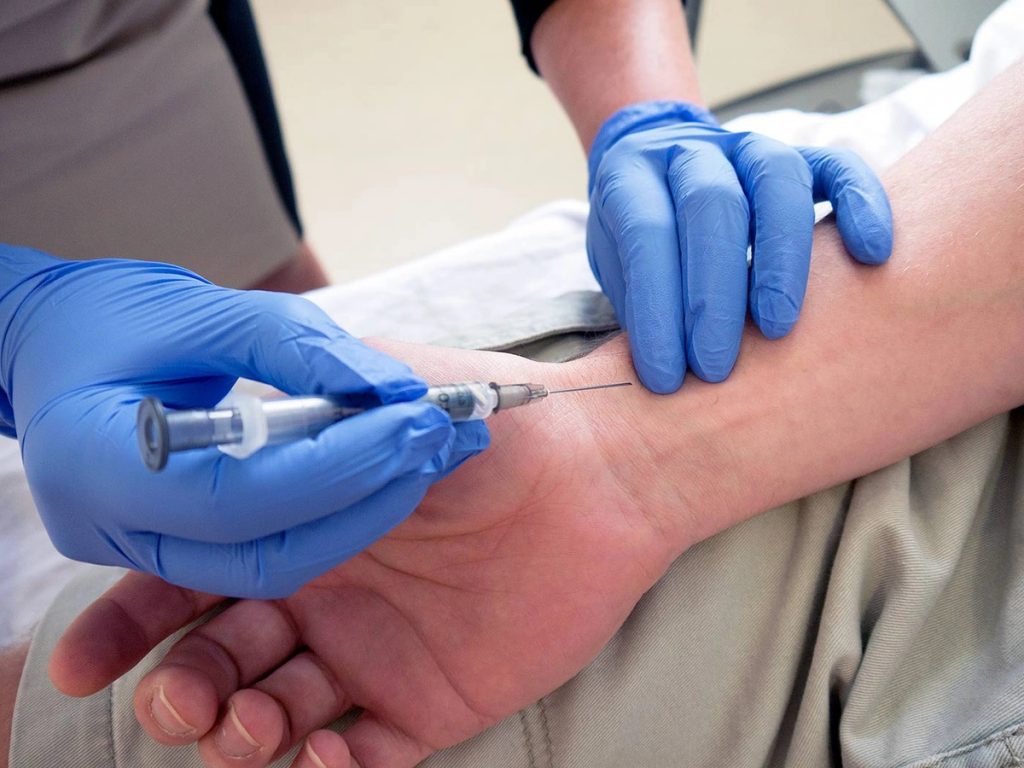
Image Source: https://nurse.org/articles/arterial-blood-gas-test/

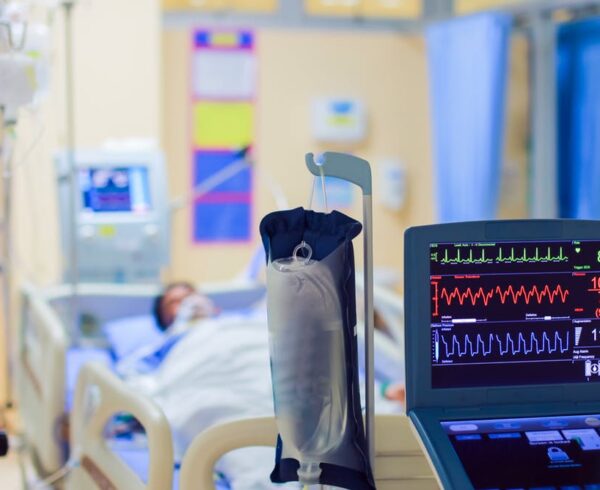

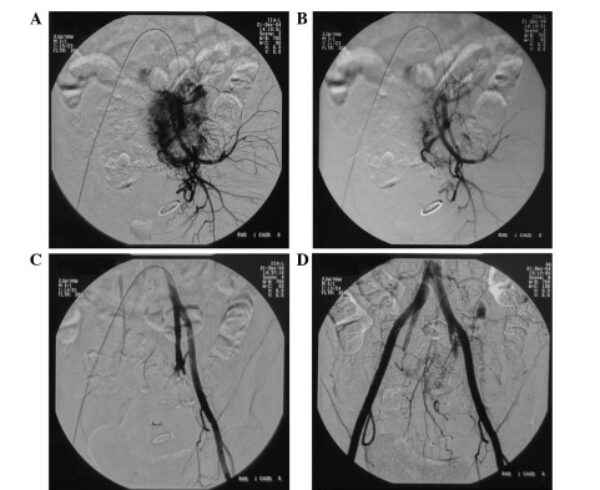
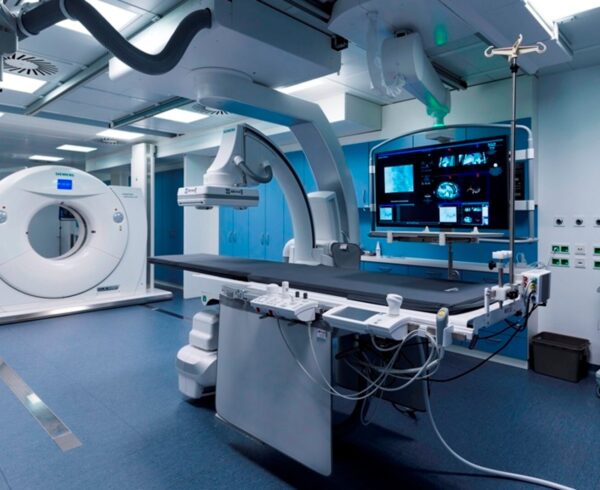

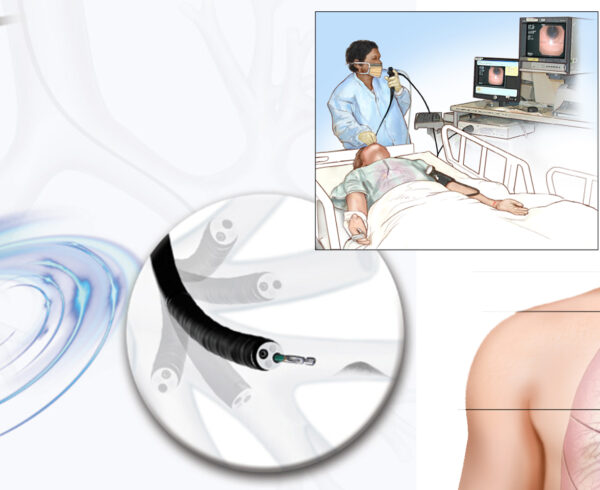
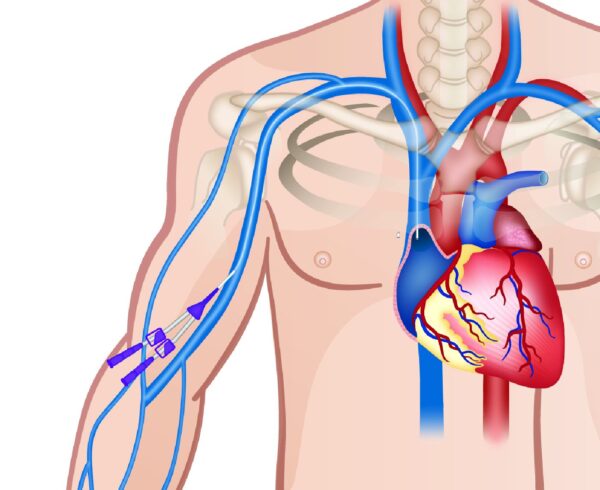
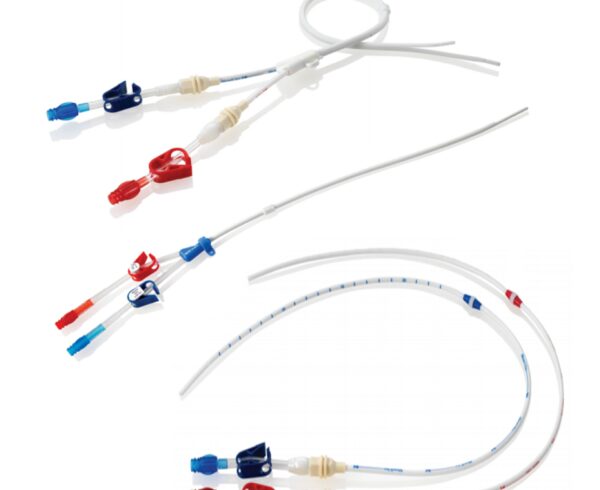

Ask a Question?